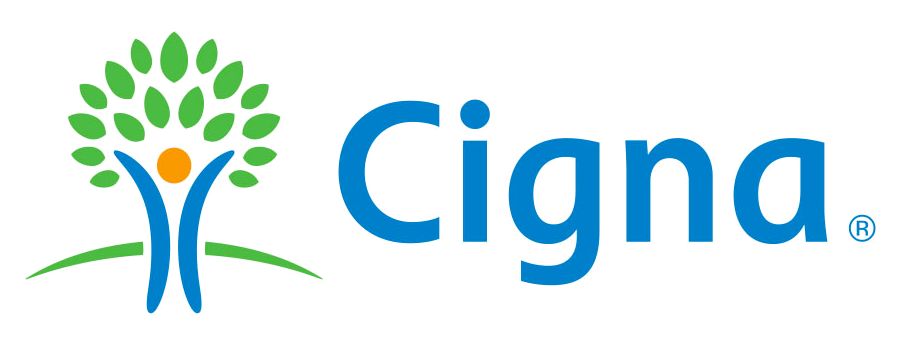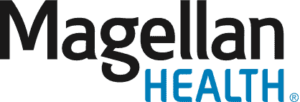A Safe, Supportive First Step Toward Healing

Detox is often the first—and one of the most critical—steps in the recovery process. At Riverfront Recovery Center of North Georgia, our medical detox program provides a safe, medically managed environment where clients can begin their journey to sobriety with 24/7 support and compassionate care.
We understand that the fear of withdrawal can be one of the biggest barriers to seeking help. That’s why we’ve designed a detox experience that prioritizes both safety and comfort. Clients are never alone. Our nursing staff is on-site 24 hours a day, 7 days a week, 365 days a year. Each detox protocol is tailored to the individual and overseen by a highly trained medical team that includes an Advanced Practice Nurse Practitioner and a board-certified Addiction Medicine Internist.
Withdrawal Management
Whether the individual is detoxing from alcohol, opioids, benzodiazepines, stimulants, or other substances, our clinical team provides:
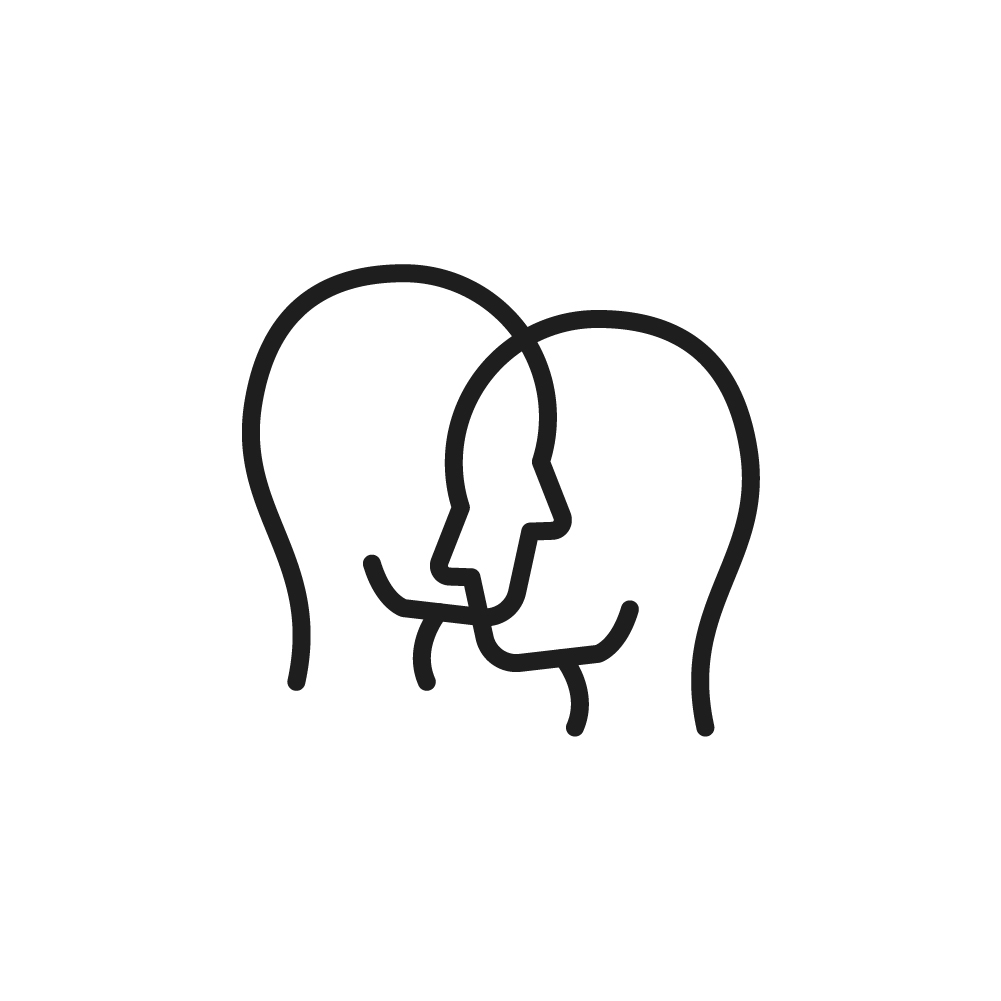
24/7 nursing supervision
to monitor vitals, symptoms, and comfort levels
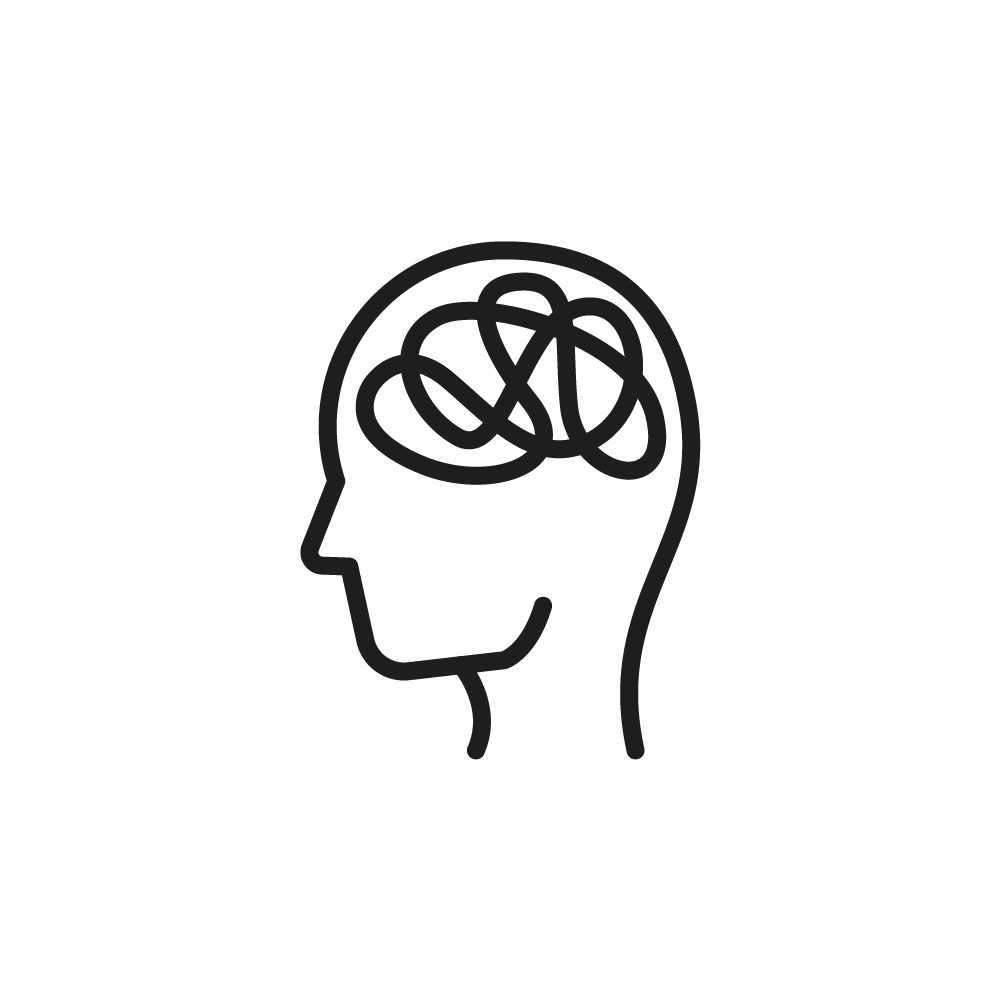
Individualized medical protocols
based on health history, substance use patterns, and co-occurring conditions
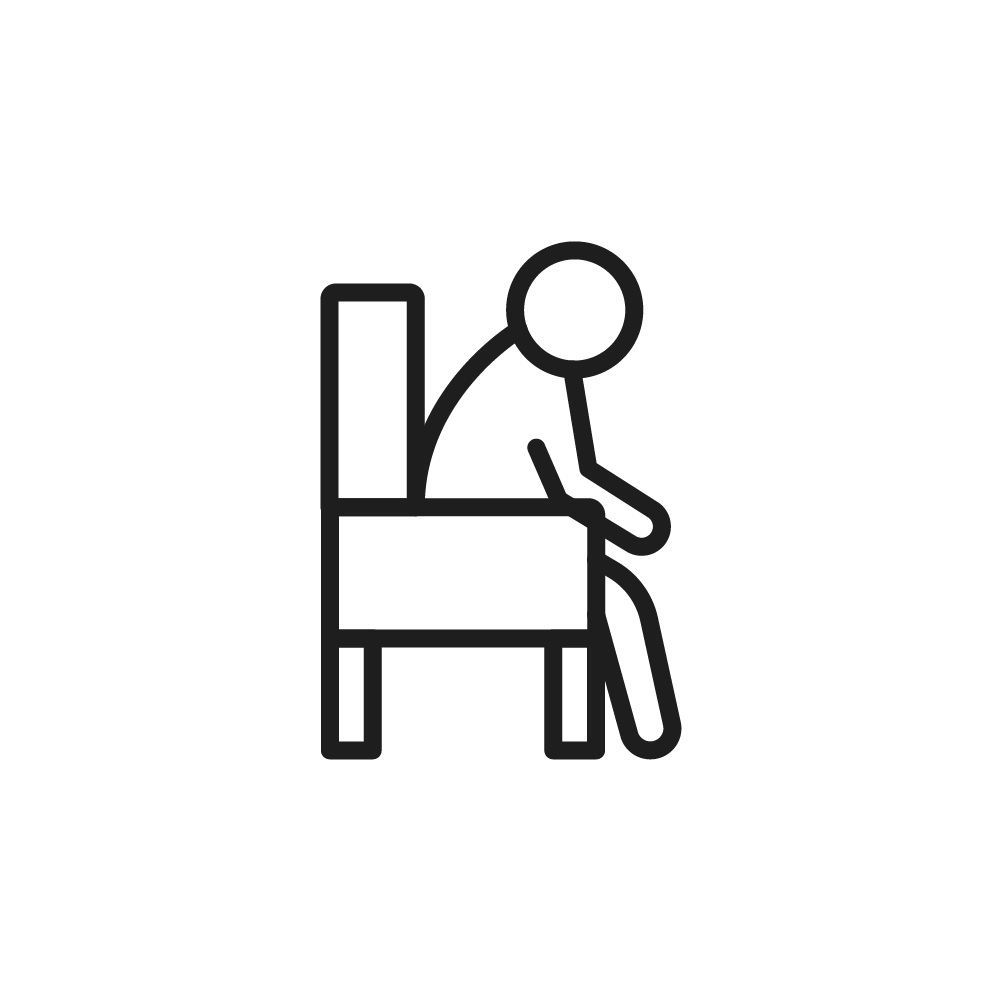
Ongoing assessment
by a Nurse Practitioner and oversight from an Addiction Medicine physician
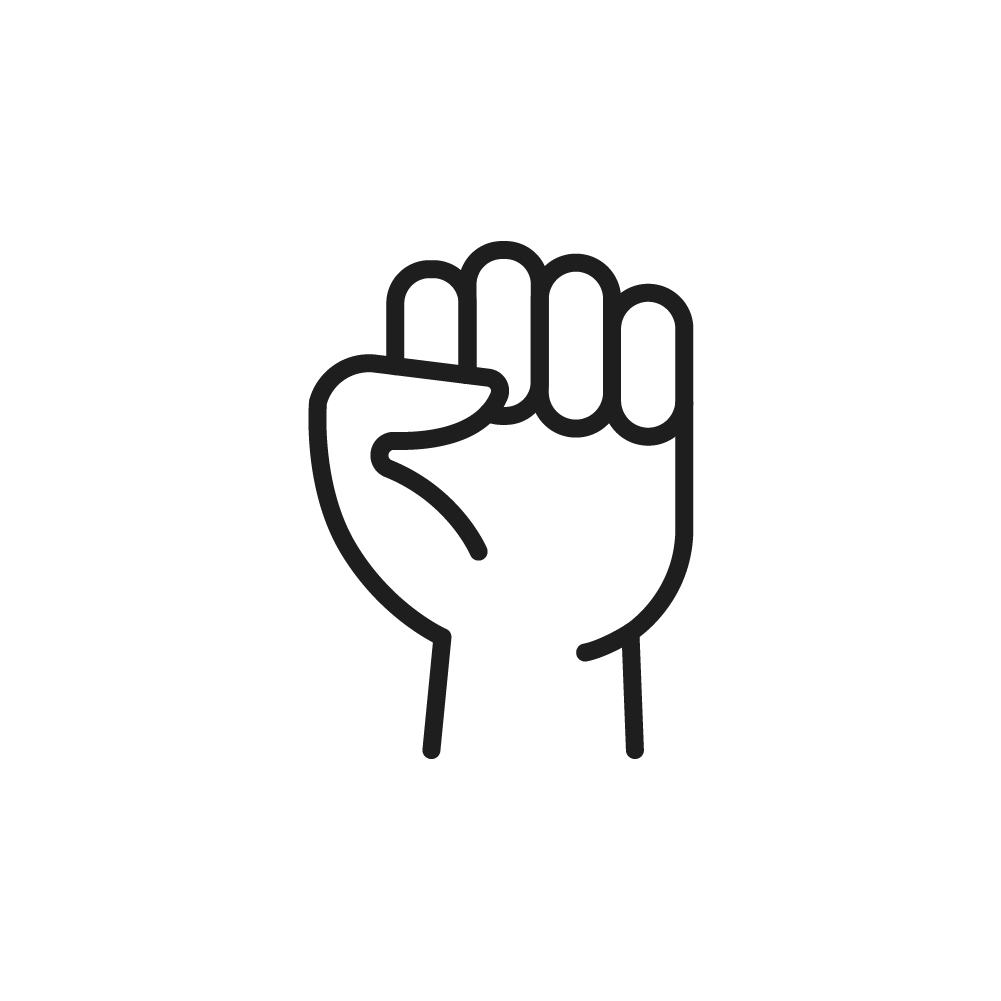
Supportive Care
including hydration, nutrition, and medication-assisted treatment (MAT) when appropriate

Emotional support and stabilization
to help clients manage anxiety, fear, and other early-recovery emotions
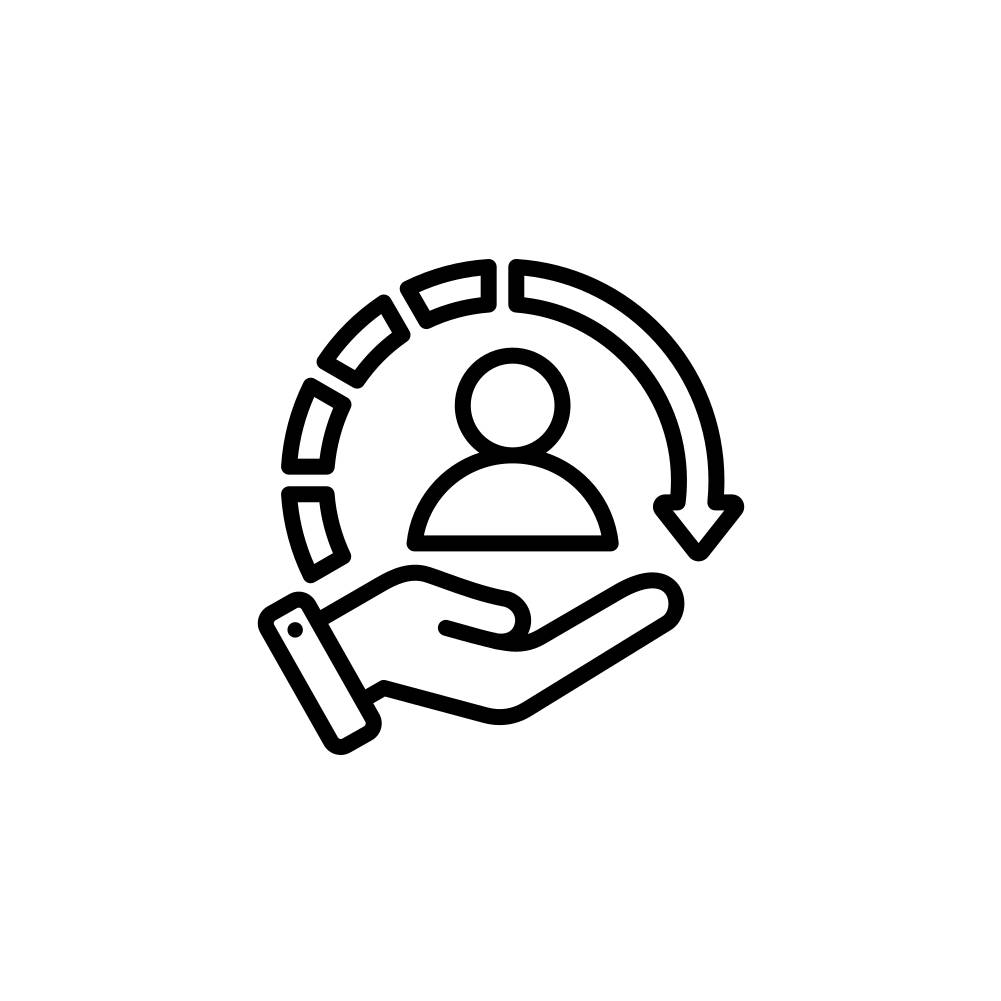
Safe Medication Management
where a carefully monitored administration of detox medications ensure comfort, safety, and reduce risk of complications

What to Expect in Detox
Every detox experience is different, but we work to make it as safe, manageable, and comfortable as possible. Clients rest in a peaceful, private setting and are supported by a team that’s experienced in both the clinical and emotional aspects of early recovery. As physical symptoms begin to subside, our team begins helping each person mentally and emotionally prepare for the next phase of treatment.
From the very first day, we emphasize dignity, respect, and compassionate care. Our goal is to help each person feel stabilized, supported, and ready for the deeper work of healing that comes with residential treatment.We offer private and semi-private detox rooms and tons of amenities to aid in your comfort and serenity. A well stocked kitchen with endless snacks, large screen televisions with streaming services, fireplaces, and views of the Hiawassee River are just a few of the things we’ve curated to make this part of your journey more enjoyable.
Transitioning into Treatment
Detox is not the end—it’s the beginning. As clients near completion of their detox protocol, our treatment team works closely with them to transition into the next level of care. For most, this means stepping directly into our structured residential program, where they can begin exploring the root causes of addiction and building the tools needed for lasting recovery.

Here’s Why People Choose Riverfront
Choose intimacy. Choose nature. Choose recovery that lasts.
Our Treatment Programs

- Riverfront views
- 24/7 medical care and supervision
- Television with streaming services
- Fireplace
- Full kitchen, stocked refrigerator and pantry

- Riverfront views
- Private and semi-private rooms
- Television with streaming services
- Fireplace
- Full kitchen, stocked refrigerator and pantry
- Full gym complete with yoga mats, Nike Strength Bench Press, Nike Strength Dumbells, Rogue Rower, Rogue Air Bike
- Fire Pits
- Pool Table
- Foosball Table
- Horseshoes
Here’s Why People Choose Riverfront
Choose intimacy. Choose nature. Choose recovery that lasts.
What are the Different Methods of Drug Detox?
Detox methods vary depending on the substance, how long you’ve been using it, and your overall health.
Cold Turkey Detox
“Cold turkey” is a term used to describe the act of quitting tobacco, alcohol, or drugs all at once instead of gradually cutting back. Rather than slowly reducing the amount you use, you simply stop immediately. This phrase comes from the goosebumps people get during withdrawal. These goosebumps look like the skin of a cold turkey in the fridge.
Many people choose to go cold turkey. This is a quick detox method.
They think it is easier to quit suddenly than to reduce slowly. They might think that by eliminating the substance completely, they’ll be less likely to give in to temptation and use it again. People often relapse because the discomfort becomes too overwhelming to handle alone.
Why it’s risky:
- Severe detox side effects like nausea, tremors, or seizures.
- Lack of medical support in case complications arise.
- Lack of cravings management strategies.
- Risk of detox complications, such as fetal distress for pregnant women, Grand mal or generalized tonic-clonic seizure during alcohol withdrawal, breathing problems, and gastrointestinal issues, among other health risks.
Tapering Detox
Tapering means gradually reducing how much of an addictive substance you take over time. When skilled medical professionals guide you, this approach can help your body adjust to sobriety. It can reduce intense withdrawal symptoms and make the process easier to handle.
What makes it effective:
- Reduces the intensity of withdrawal symptoms.
- Can be done under medical supervision for added safety.
Rapid Detox
In this method, withdrawal is sped up under medical supervision using specific medications to ease discomfort. While it may seem appealing to get through detox quickly, rapid detox is intense and may not suit everyone.
Key points to know:
- It’s done in a controlled medical setting.
- The intensity can pose risks, so it’s not always the best choice.
Medical Detox
This is widely regarded as the safest and most effective detox method. Medical detox provides professional supervision, medications to manage symptoms, and a structured environment to support you through the process.
Why it’s the gold standard:
- Ensures your safety with round-the-clock monitoring.
- Helps manage drug cravings and withdrawal with medication.
- Often includes support for both physical and mental health.
What are the Possible Side Effects of Drug Detox?
Detoxing from drugs is an essential step toward recovery, but it can come with some physical and emotional challenges. When you know what to expect, it can help you prepare and navigate the process more confidently. Here are some of the common side effects and what you can do to manage them.
Nausea and Vomiting
It’s not unusual to feel nauseous or even experience vomiting during detox, especially early on. Your body is adjusting to the absence of the substance it relied on, which can cause these uncomfortable reactions.
How to ease it:
- Stay hydrated to replenish fluids lost through vomiting.
- Small, bland meals can help settle your stomach.
Headaches and Dizziness
If you’re feeling a bit off during detox, you’re not alone. Headaches and dizziness can be common, especially in the early stages. Your body works hard to adjust to the absence of a substance it relies on. This change can cause uncomfortable feelings.
To help ease these symptoms:
- Hydrate Well. Make water and other healthy fluids your best friend.
- Make Rest a Priority: Take enough time to relax. If you’re struggling with insomnia, it might help to tweak your sleep routine.
- Watch for Triggers: Try to cut back on caffeine, alcohol, tobacco, drugs, salt, and cigarettes. These can make your symptoms worse.
- Move Slowly: Be careful with sudden movements, like bending down or getting up quickly, as they might increase feelings of dizziness.
- Ease Muscle Tension: Apply heat or ice to tense muscles in your neck and shoulders. A gentle massage on your temples, scalp, neck, or shoulders can really help too.
Insomnia and Fatigue
It’s completely normal for your sleep to be a little disrupted during detox. Both insomnia and fatigue are common as your body and mind try to get back on track. While it’s tough, remember that this phase is usually temporary.
To improve your rest:
- Try to go to bed and wake up at the same time every day, even on weekends. This helps keep your body’s internal clock in check.
- Make a calming bedtime routine. You can take a warm bath, read a good book, do gentle yoga, or listen to soothing music.
- Exercise regularly, but make sure to wrap up your workouts a few hours before you hit the hay.
- Limit your caffeine and nicotine intake. These can mess with your sleep and linger in your system longer than you think.
- Pick a light snack instead of a heavy meal or too many drinks before bed. This can help you avoid discomfort and sleep interruptions.
- Make Your Bedroom a Cozy Retreat: Keep your space quiet, dark, and comfortable. Investing in good bedding can really help create a peaceful atmosphere.
- Avoid screens like phones, tablets, TVs, and computers for one to two hours before sleep. The blue light they give off can trick your brain into thinking it’s still daytime.
Mood Swings and Irritability
This is widely regarded as the safest and most effective detox method. Medical detox provides professional supervision, medications to manage symptoms, and a structured environment to support you through the process.
Why it’s the gold standard:
- Ensures your safety with round-the-clock monitoring.
- Helps manage drug cravings and withdrawal with medication.
- Often includes support for both physical and mental health.
Facility Preview












